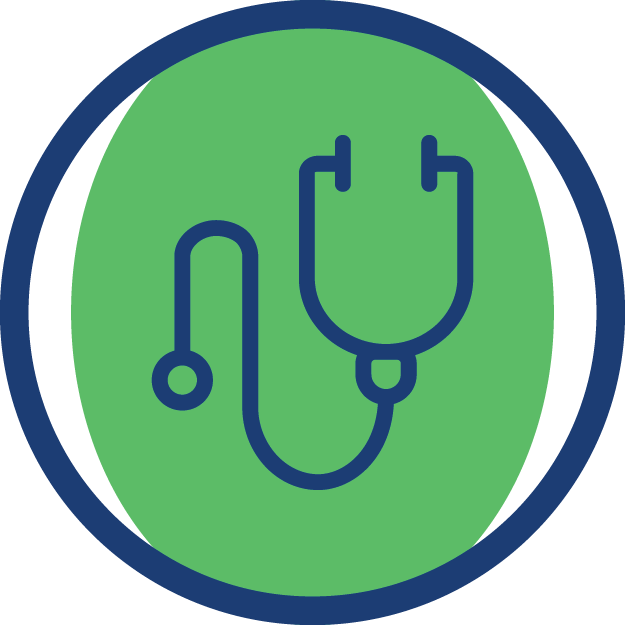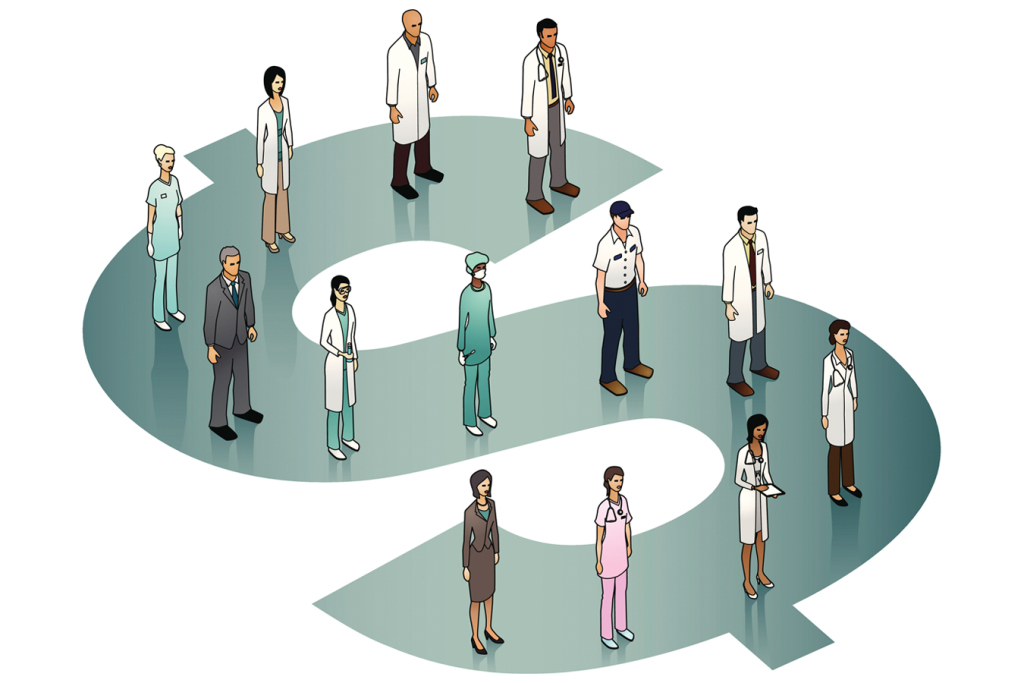
For the second year in a row, California is boosting pay for doctors and dentists who treat the state’s poorest residents as part of a legislative deal designed to improve health care access for patients.
In the new state budget, which took effect Sunday, lawmakers allocated a little over $1 billion to pay higher rates to doctors and dentists who accept patients covered by Medi-Cal, the state’s version of the federal Medicaid program for low-income residents.
The funding includes $220 million to help newly graduated doctors and dentists pay off their student loans if they commit to practicing in underserved areas.
The state money will be matched by federal dollars, bringing the total increase to $2 billion.
“The message to physicians who are receiving those checks is, ‘You can open your doors, you can see more patients,’” said Dr. Ted Mazer, president of the California Medical Association, the physicians’ lobbying group that pushed for Proposition 56, the tobacco tax that is funding the rate hikes.
Medi-Cal covers roughly 13.5 million Californians — about a third of the state’s population.
California ranks 48th among states and the District of Columbia in Medicaid provider reimbursements, and doctors have long blamed the low rates for preventing them from participating in the program. (Tennessee was excluded from the rankings.)
Last year, pay increased by $5 to $50 for 13 different services, including regular office visits and psychiatric evaluations. This year, rates will rise for 10 additional services, including pediatric preventive care visits — and many of last year’s increases will go up further.
The state Department of Health Care Services, which manages Medi-Cal, said it’s still hammering out the details and expects its pay hike plan to be finalized by Sept. 30. The higher payments will be retroactive to July 1.
The rate increases are a “tremendous boon for access,” said Brianna Lierman, chief executive officer of Local Health Plans of California, a trade association for 16 nonprofit health plans that cover about 10 million Medi-Cal enrollees.
Lierman said last year’s Medi-Cal pay hikes induced some doctors to see more Medi-Cal patients, although her organization didn’t keep track of how many.
“Plans have been able to utilize the enhanced payments to attract more physicians to their networks,” she said.
Providers are just starting to receive rate hike checks for services they provided last year, Mazer said. That’s because the federal government only recently gave last year’s rates the green light.
Mazer, a head-and-neck surgeon in San Diego, said he was “floored” when he got a check from a Medi-Cal health plan that lumped together the rate hikes for care he provided over the past year.
“It was five-digits, and that’s more than I expected,” he said.
Mazer said he expects federal approval to be quicker this year.
The latest pay increases move Medi-Cal rates closer to the rates providers receive from other insurers, including Medicare and private plans, he added.
The state budget allots $500 million for physicians who treat Medi-Cal patients and $210 million for dentists who see patients enrolled in Denti-Cal, the dental program for Medi-Cal enrollees. Among the other recipients are women’s health providers, who will receive $49 million in pay hikes.
The higher payments for basic services like office visits are expected to help roughly 300 clinics stay financially viable, said Carmela Castellano-Garcia, chief executive officer of the California Primary Care Association, which advocates for community clinics. Community clinics primarily cater to Medi-Cal recipients and uninsured Californians.
“This rate increase is really critical,” she said. “They’re really struggling right now.”
Castellano-Garcia said many clinics are on shaky financial ground because Medi-Cal pays less than commercial health plans. She pointed to two San Francisco clinicsthat recently merged with other health organizations to stay afloat.
The increased rates are also expected to bring relief to the much-criticized Denti-Cal program. Last year, dentists saw a 40 percent rate hike for restorative and surgical work, such as crowns and extractions.
Before the increases, Denti-Cal’s payments were “woefully inadequate to even pay the bills, which is why many dentists over the past 10 years finally said ‘enough’ and got out,” said Dr. John Blake, dental director at the Children’s Dental Health Clinic in Long Beach.
Preventive dental care such as cleanings, X-rays and periodontal services to treat gum disease were excluded from last year’s rate increases, but dentists expect them to be included this year.
Those services are the “bread and butter” of most practices, and many dentists would agree to treat Medi-Cal patients — or accept more if they already do — if rates rise, said Blake, who is also the chairman of the California Dental Association’s Government Affairs Council.
To entice doctors and dentists to areas where there aren’t enough Medi-Cal providers, the new budget funds loan-repayment programs: $190 million is earmarked to help recent medical school grads pay off their loans, and $30 million to help new dentists pay theirs, in return for working in areas of greatest need. State officials are still working out details, such as how long providers must commit to working in underserved regions.
Dr. Jerry Abraham, a primary care physician at Eisner Health, a community clinic near Skid Row in Los Angeles, said a loan-repayment program allowed him to serve poor patients — including homeless people, former inmates and people battling addiction — despite his $250,000 in medical school debt.
Abraham, who attended medical school in Texas, said he was able to accept the job in L.A. because of a federal program that paid off nearly half his student debt over four years.
“That little carrot made a huge difference,” he said.

